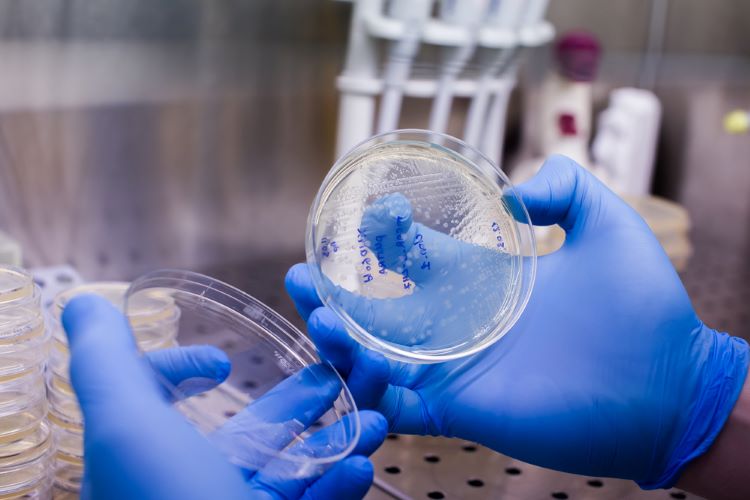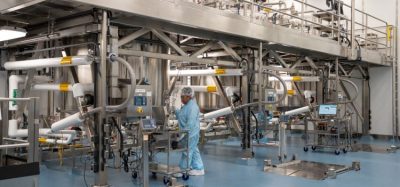Innovative technologies facilitate novel contamination-detection method
Posted: 30 November 2023 | Catherine Eckford (European Pharmaceutical Review) | No comments yet
A new 24-hour sterility testing method combining nanopore sequencing and machine learning could revolutionise sterility assurance in biopharmaceutical manufacturing of cell therapies.


In a paper published in Microbiology Spectrum, researchers from Singapore have described a novel microbial contamination-detection method for T-cell cultures that can be achieved within 24 hours, therefore supporting cell therapy manufacturing.
This is compared to traditional methods which take between seven to 14 days.
Technology such as third-generation nanopore long-read sequencing and DNA extraction, alongside machine learning algorithms, computational analysis and optimisation, were utilised to improve the overall process and ensure accuracy and speed, the researchers stated.
Benefits of the novel microbial contamination-detection method
Through this process, the researchers were able to identify the presence and types of microbial contaminants, such as bacteria and fungi, even at low abundance levels, while also achieving this more quickly than standard compendial tests, the Singapore- Massachusetts Institute of Technology (MIT) Alliance for Research and Technology (SMART) shared.
“Our rapid method offers a more efficient way to not only detect microbial contamination, but identify the contaminating species,” stated co-corresponding author Dr Stacy Springs, Principal Investigator at SMART Critical Analytics for Manufacturing Personalized-Medicine (CAMP) and Executive Director at MIT Center for Biomedical Innovation.
The researchers who developed the novel microbial contamination-detection method were from the CAMP Interdisciplinary Research Group (IRG) at Singapore-MIT Alliance for Research and Technology (SMART), MIT’s research enterprise in Singapore. CAMP is the R&D core of a national effort on cell therapy manufacturing in Singapore.
A novel contamination-detection method
“These advancements hold significant promise for the biopharmaceutical industry, as they not only enhance quality control but also improve overall efficiency and cost-effectiveness,” Dr James Strutt, Senior Postdoctoral Associate at SMART CAMP and first author of the paper commented.
The new microbial contamination-detection technique “offers faster product validation for biopharmaceutical manufacturers, reducing downtime and potentially accelerating product-to-market timelines,” Dr Strutt added.
It could therefore potentially be lifesaving for patients who need rapid treatment, the researchers emphasised.
SMART CAMP reported that it is preparing to evaluate the integration of the novel T-cell sterility test into their processes and to further enhance the accuracy of microbial contamination detection.
Study reports rapid method for microbial contaminant detection
Related topics
Biopharmaceuticals, Drug Manufacturing, Drug Safety, Industry Insight, Manufacturing, Microbial Biological Manufacturing, Microbial Detection, Microbiology, Personalised medicine, QA/QC, Rapid Microbiological Methods (RMMs), rapid sterility testing, Research & Development (R&D), Sequencing, t-cells, Technology, Therapeutics









